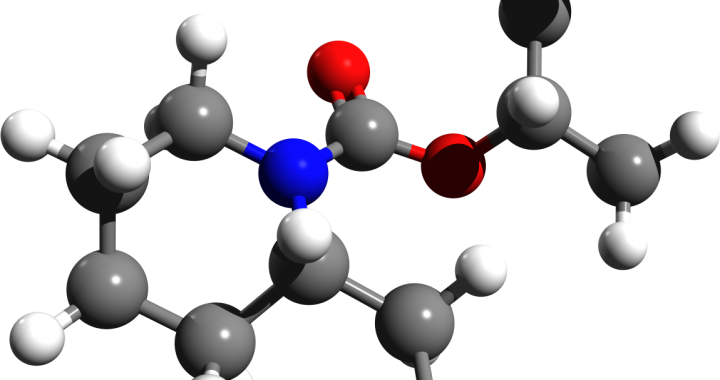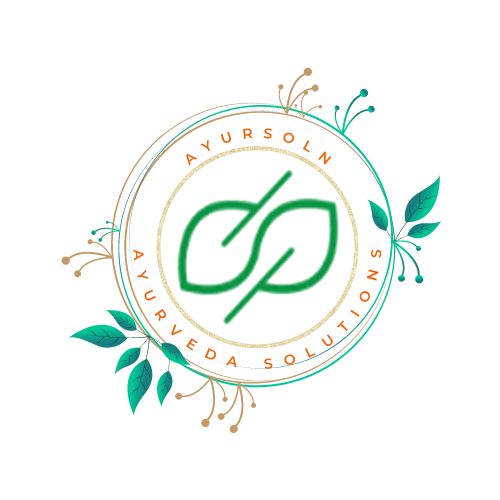
ANGAMARDAPRASHAMANA
The pharmacological action which is used to name the 44th Group or Gana is ANGAMARDAPRASHAMANA. This group consists of 10 plants which have varied properties exhibiting the extent of this pharmacological action. Thus it is not to be restricted as just a single pharmacological action of Modern science like Analgesics or Restoratives. The complexity of this action is being highlighted and explained in this site in a possible and elaborate manner for better understanding and application. The details are explained on the basis of various references obtained from classical and recent texts of modern authors pertaining to the science of Ayurveda and also modern science.
DETAILS OF THE ACTION
ACTION NAME
अङ्गमर्द प्रशमन
MODERN EQUIVALENTS
ANTINOCICEPTIVE, ANALGESICS OR RESTORATIVES
DEFINITION
DEFINITION
अङ्गां मार्दयति तत्प्रशमन अङ्गमर्दप्रशमनः । (स्व)
EXPLANATION/MEANING
REFERENCE
The reference for this definition is self formulated but based on the commentary of Chakrapani mentioned for Angamardaprashamana.
OTHER DEFINITIONS
SYNONYMS
NOT YET COMPILED
EXPLANATION/MEANING
NOT YET COMPILED
REFERENCE
NOT YET COMPILED
MODE OF ACTION / PHARMACODYNAMICS
AYURVEDA EXPLANATION
As per the definition, the substance should have the ability to control and remove the condition of Angamarda (Literal meaning will be Pain in the Anga or body parts). The specification of the word Mardana is to denote that the pain is of tormenting in nature). The pain can be localised to certain part of the body or the whole body as the word Anga refers to both the aspects of the body. In general, all pains are said to be caused due to Vata Dosha itself. But irrespective of the site this will cause both physical and emotional pain. Depending on the cause of pain, it may also be acute or chronic which may be due to external injury (Agantuja) or even an internal cause like Dhatukshaya as in diseases like Shosha (Pathological Emaciation). Thus a drug or a plant which should act as ANGAMARDAPRASHAMANA should be primarily acting against Vata Dosha and also have the ability to replenish the body nutrients along with repair of the Dhatu. Based on this understanding, the properties that is necessary for the said action is MADHURA RASA, MADHURA VIPAKA, GURU, SNIGDHA AND USNA VEERYA as these properties are opposite to that of Vata Dosha which is the main cause of the disease. The use of LAGHU guna and SHEETA veerya is dependent on the condition of Agni of the individual and its ability to digest along with the cause that has vitiated the VATA DOSHA.
MODERN EXPLANATION
Among various pharmacological action, we can consider three as equivalents to the activity of ANGAMARDAPRASHAMANA. They are Antinociceptive, Analgesics and Restoratives. All the three have a different pattern of action which explains the complexity of the Pharmacological action mentioned in Ayurveda. “Nociceptive pain” is the pain that is resulted by the stimulation of Nociceptors (specialized nerve cells present in the peripheral parts of the body like skin, muscles, etc). The pain occurs in five phases namely Transduction, conduction, Transmssion, Modulation and Perception. The action or process of blocking the detection of painful or injurious stimulus by sensory neurons is known as ANTINOCICEPTIVE EFFECT.(— Dennis W. Coombs, The Journal of the American Medical Association, 4 Nov. 1983). This activity can be classified into two types namely Central Antinociceptive effect and Cholinergic mediated Antinociceptive effect.
Analgesics are those class of substances or medicines which are designed to relieve pain without causing loss of consciousness.
Restoratives are those class of substances or medicines that aid in restoring health, strength or even consciousness of the individual. But in this case we need to consider the bodily attributes hence strength and health are taken into consideration.
INVESTIGATIVE PARAMETERS TO ASSESS
Sl. No.
CATEGORY OF PARAMETER
INVESTIGATION NAME
TYPE OF INVESTIGATION
1.
NOT YET COMPILED
NOT YET COMPILED
NOT YET COMPILED
LIST OF PLANTS THAT EXHIBIT THE ACTION
अङ्गमर्दप्रशमन गण/ANGAMARDAPRASHAMANA GROUP OF CHARAKA
विदारिगन्ध पृश्निपर्णी बृहती कण्टकारिकैरण्ड काकोली चन्दनोशीरेला मधुकानीति दशेमान्यङ्गमर्दप्रशमनानि भवन्ति । (च. सू. 4th chapter)
SANSKRIT NAME
1. शालपर्णी
2. पृश्णिपर्णी
3. बृहती
4. कण्टकारी
5. एरण्ड
6. काकोली
7. चन्दन
8. उशीर
9. एल
10. यष्टिमधु
BOTANICAL NAME
Desmodium gangeticum (L.) DC.
Uraria picta (Jacq) Desv. ex DC.
Solanum indicum L
Solanum xanthocarpum Schard. & H. Wendl.
Ricinus communis L.
Liliyum polyphyllum D. Don
Santalum album L.
Vetiveria zizanioides (L.) Nash
Elettaria cardamomum (L.) Maton
PART USED
Root
Root
Root
Root
Root, Seed & Oil
Root
Heartwood
Root
Seeds
Root
RESEARCH PAPERS ON THE PHARMACOLOGICAL ACTION
Sl. No.
1.
2.
TITLE OF THE PAPER
PAIN MANAGEMENT IN AYURVEDA WITH SPECIAL REFERENCE TO ANGAMARDA PRASHAMANA AND VEDANA STHAPANA MAHAKASHAYA OF CHARAKA: A REVIEW
A Review on Concept of Pain with Its Management: An Ayurvedic Approach
PUBLISHING JOURNAL
International Journal of Research in Ayurveda and Pharmacy
International Research Journal of Pharmacy and Medical Sciences
CITATION
Rinky Thakur et al. Pain management in Ayurveda with special reference Angamarda prashamana and Vedana sthapana Mahakashaya of Charaka: A Review. Int. J. Res. Ayurveda Pharm. 2020;11(2):103-108 http://dx.doi.org/10.7897/2277-4343.110240.
Dr. Archana Choudhary, “A review on concept of pain with its management: An ayurvedic approach,” International Research Journal of Pharmacy and Medical Sciences (IRJPMS), Volume 1, Issue 6, pp. 31-33, 2018.


